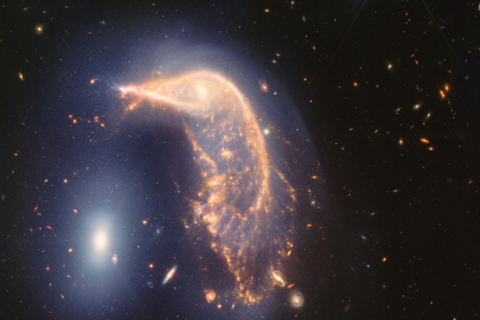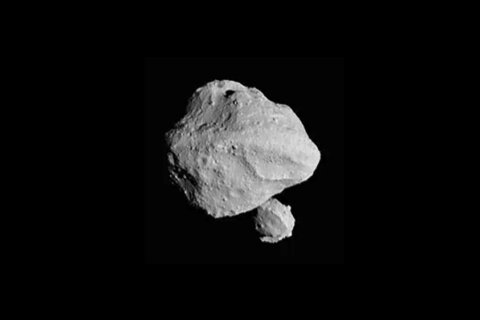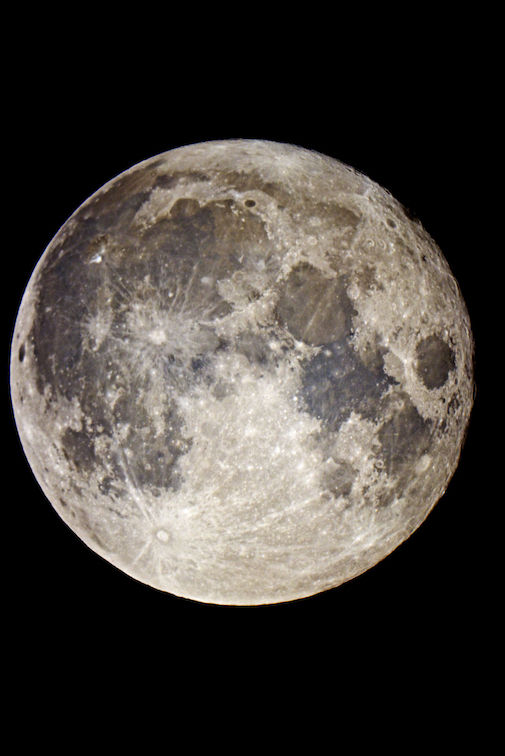
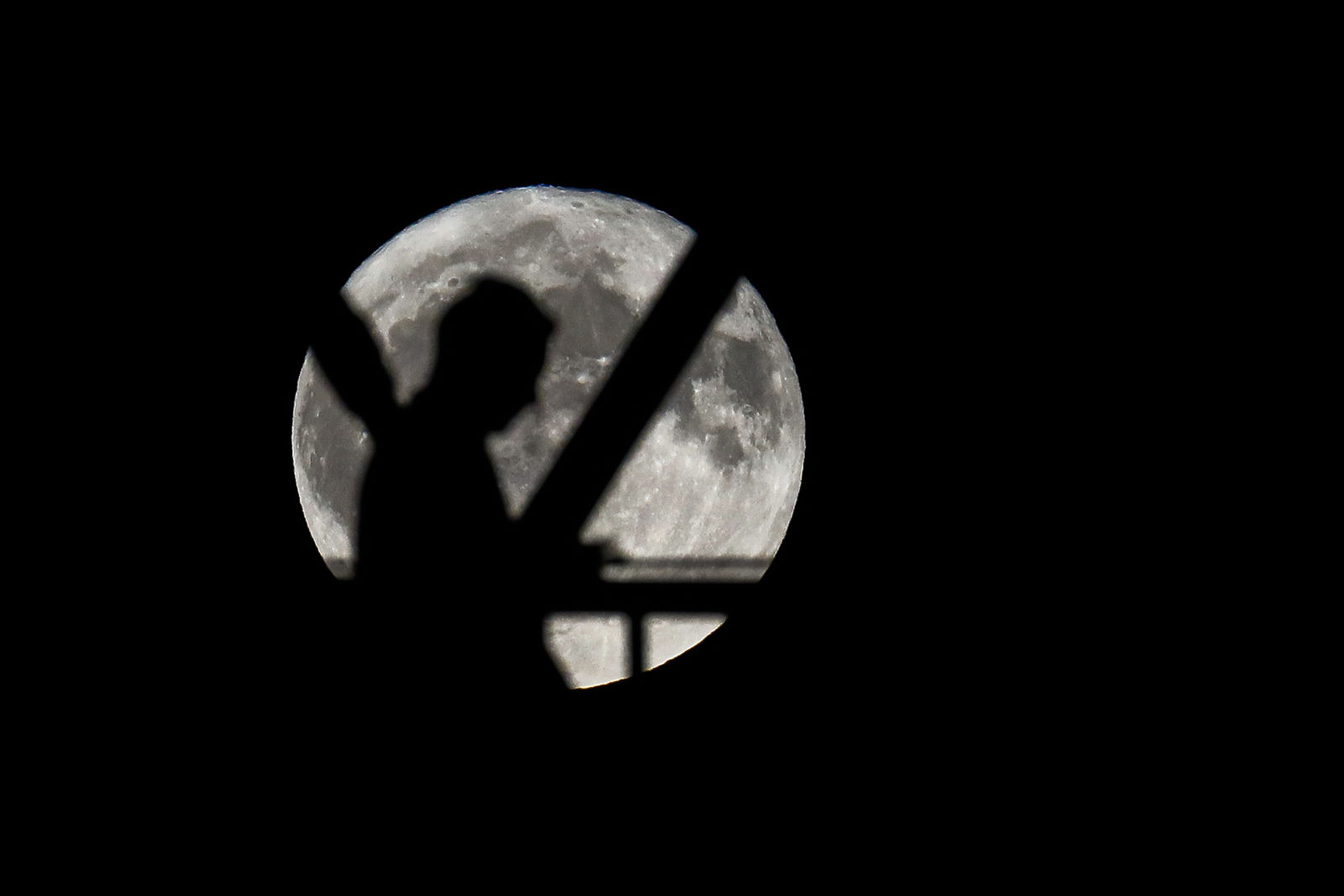
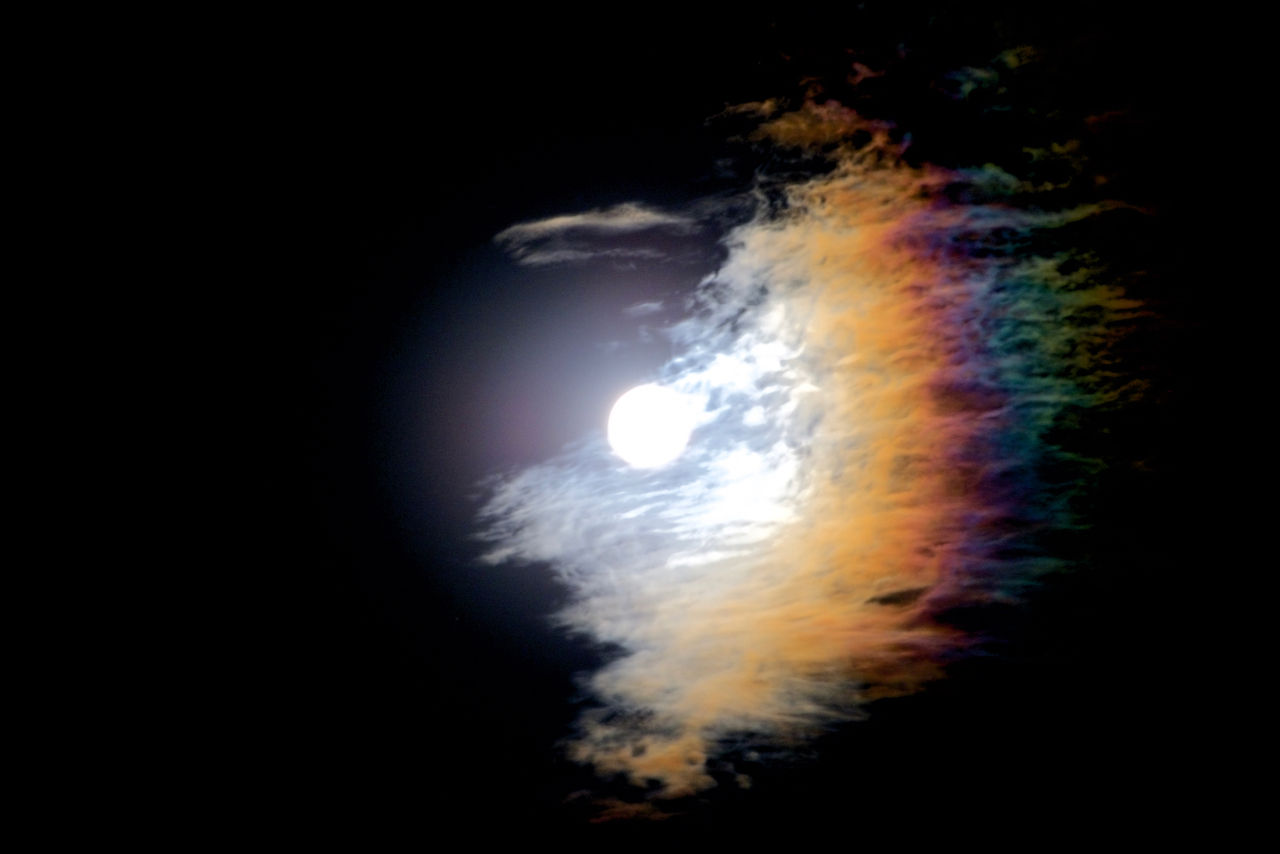
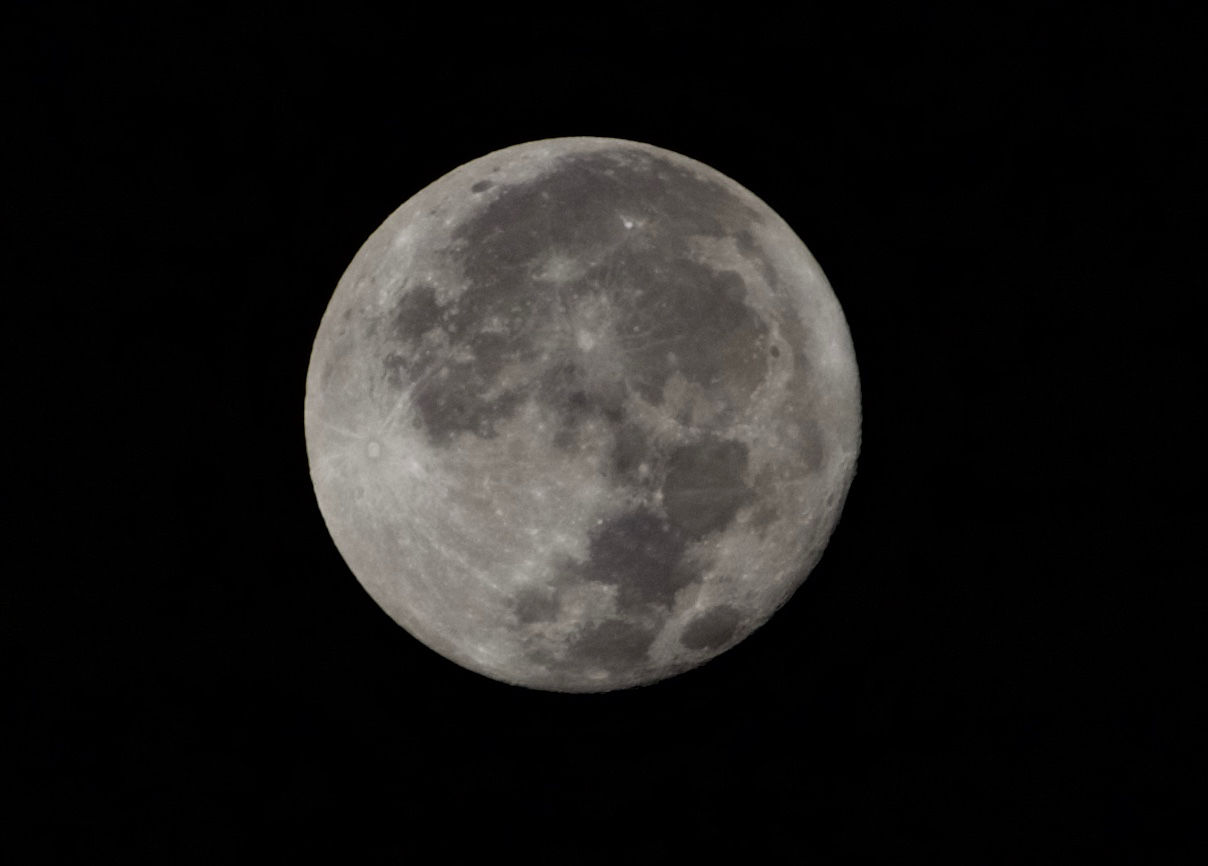
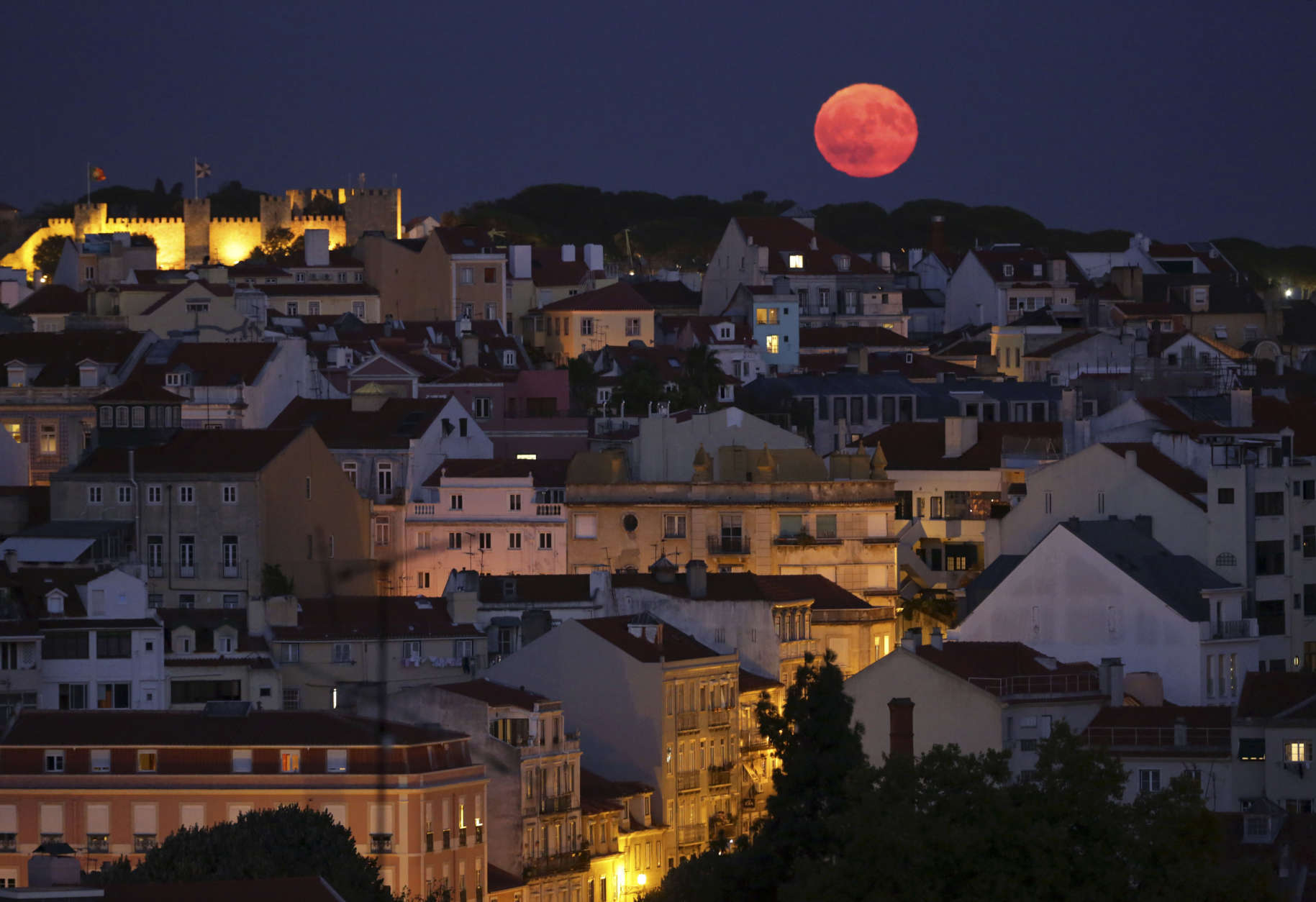
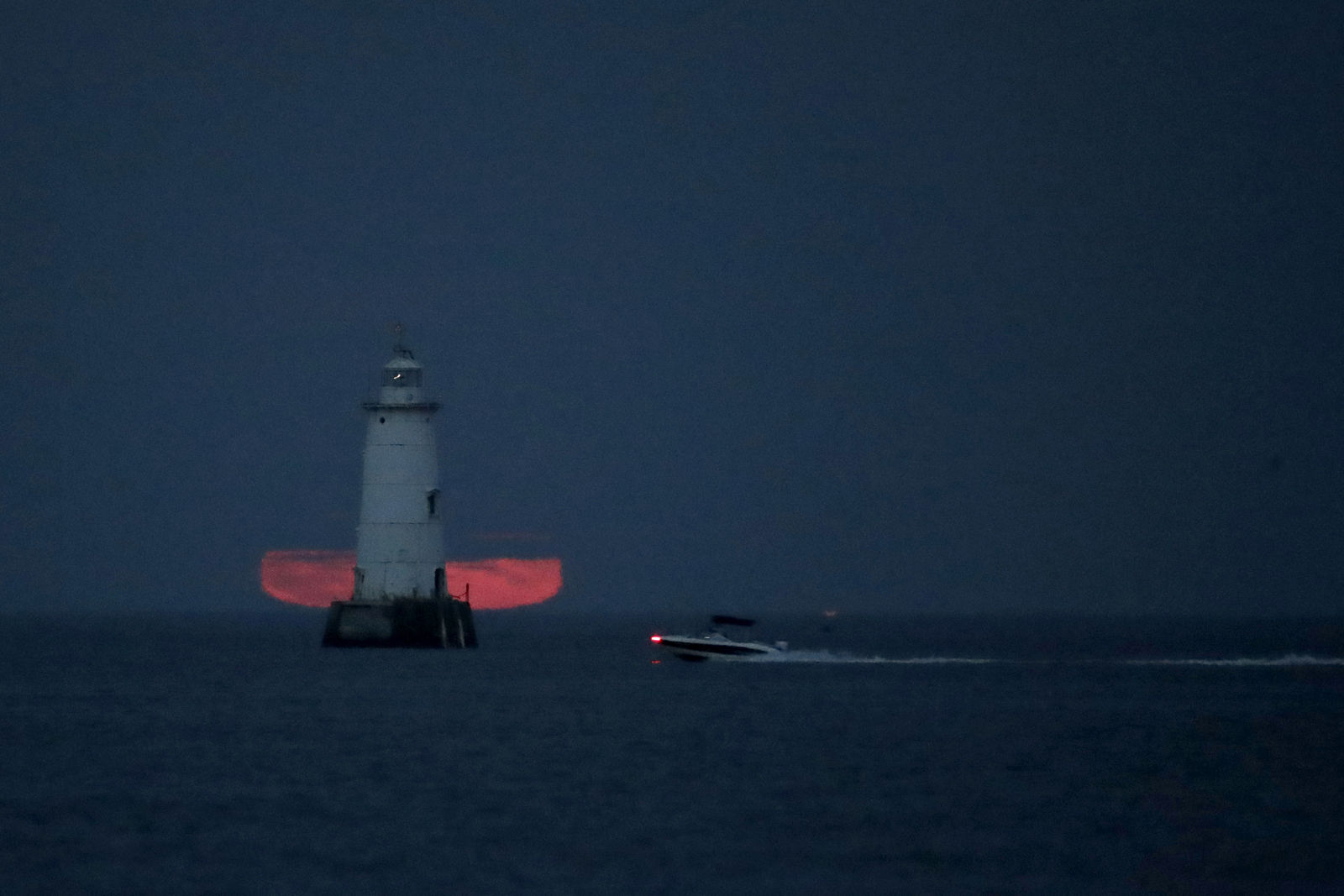
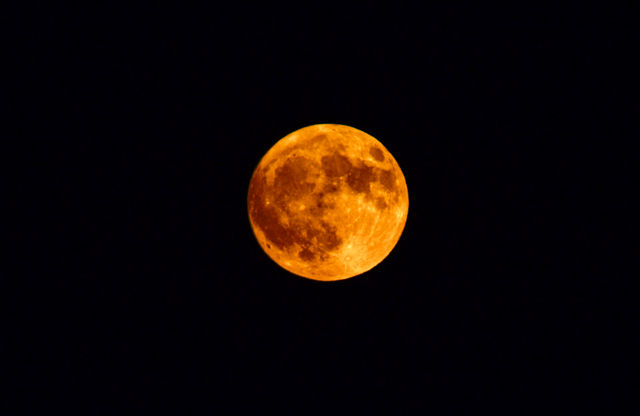
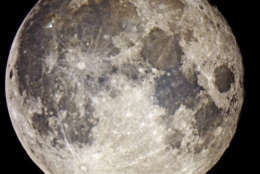
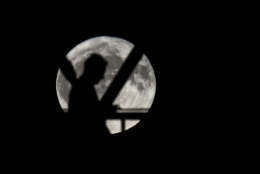
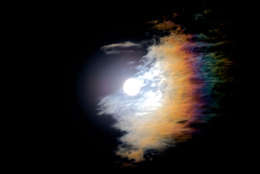
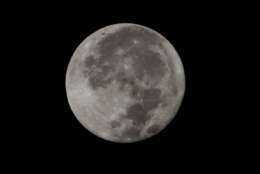
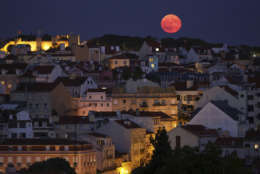
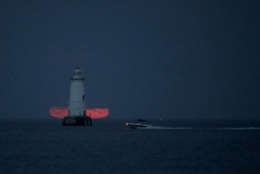
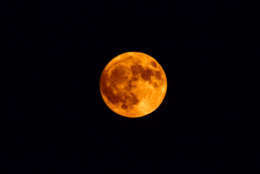
WASHINGTON — Saturday is “International Observe the Moon Night,” or InOMN for short. Observers and lovers of the moon (like me) around the world will be enjoying the moon and sponsoring moon-watching events.
As stated on the InOMN webpage, “International Observe the moon Night (InOMN) is an annual worldwide public event that encourages observation, appreciation, and understanding of our moon and its connection to NASA planetary science and exploration, as well as the cultural and personal connections we all have with Earth’s nearest neighbor. Everyone on Earth is invited to join the celebration by hosting or attending an InOMN event — and uniting on one day each year to look at and learn about the mon together.”
InOMN is sponsored by NASA’s Lunar Reconnaissance Orbiter (LRO) with support from NASA’s Solar System Exploration Research Virtual Institute (SSERVI) and the Lunar and Planetary Institute.
In the D.C. area, there are a number of InOMN events being held. NASA Goddard, Baltimore Science Center, the National Air and Space Museum’s Haas Public Observatory and Udvar Hazy Center are all hosting InOMN events. Click their links on the InOMN website for further information.
If you can’t make an event or if the skies aren’t clear, there will be a live InOMN webcast from 6 p.m. EDT to 11 p.m. EDT, and a live Virtual Telescope event at 1 p.m. EDT.
On a personal note, I watched LRO being built at NASA’s Goddard Spaceflight Center and have stayed in touch with the mission throughout the years. LRO is currently the only active lunar mission and has enough fuel for another ten years of operations. LRO’s mission team is working on getting NASA funding to extend the mission. LRO is a pathfinder for humanity’s return to the moon, which all of the spacefaring nations are preparing to do.
Take a look at the moon Saturday, or any night. It is beautiful, eternal and transforms the night into something magical.
While we contemplate the moon, the solar system has a passing through visitor that has come from outside our solar system — wow!
Designated A/2017 U1, astronomers have been making ongoing observations of what they believe may be an asteroid or comet that originated in another part of our galaxy.
Traveling for untold eons, this denizen from the vastness of space was discovered on Oct. 19 and determined to have come from the direction of the constellation Lyra, which is currently visible in the western sky. It passed closest to Earth on Oct. 14 at 15 million miles and is now on a course to the constellation Pegasus, which we see right after sunset high in the eastern sky.
I have been following the email traffic on this discovery and astronomers have determined that A/2017 U1 is reddish in color — perhaps similar in color to the objects that occupy the outer reaches of our solar system — and traveling a very fast 27 miles a second. It was predicted that such objects existed in our Milky Way Galaxy, especially with planet formation being a natural byproduct of the birth of stars. Now we know.
Enjoy the moon’s night and contemplate the vastness and splendor of the Universe in which you live and are part of.
Follow Greg on Twitter @skyguyinva and his daily blog at www.whatsupthespaceplace.com to keep up with the latest news in astronomy and space exploration. You can email him at skyguyinva@gmail.com.


